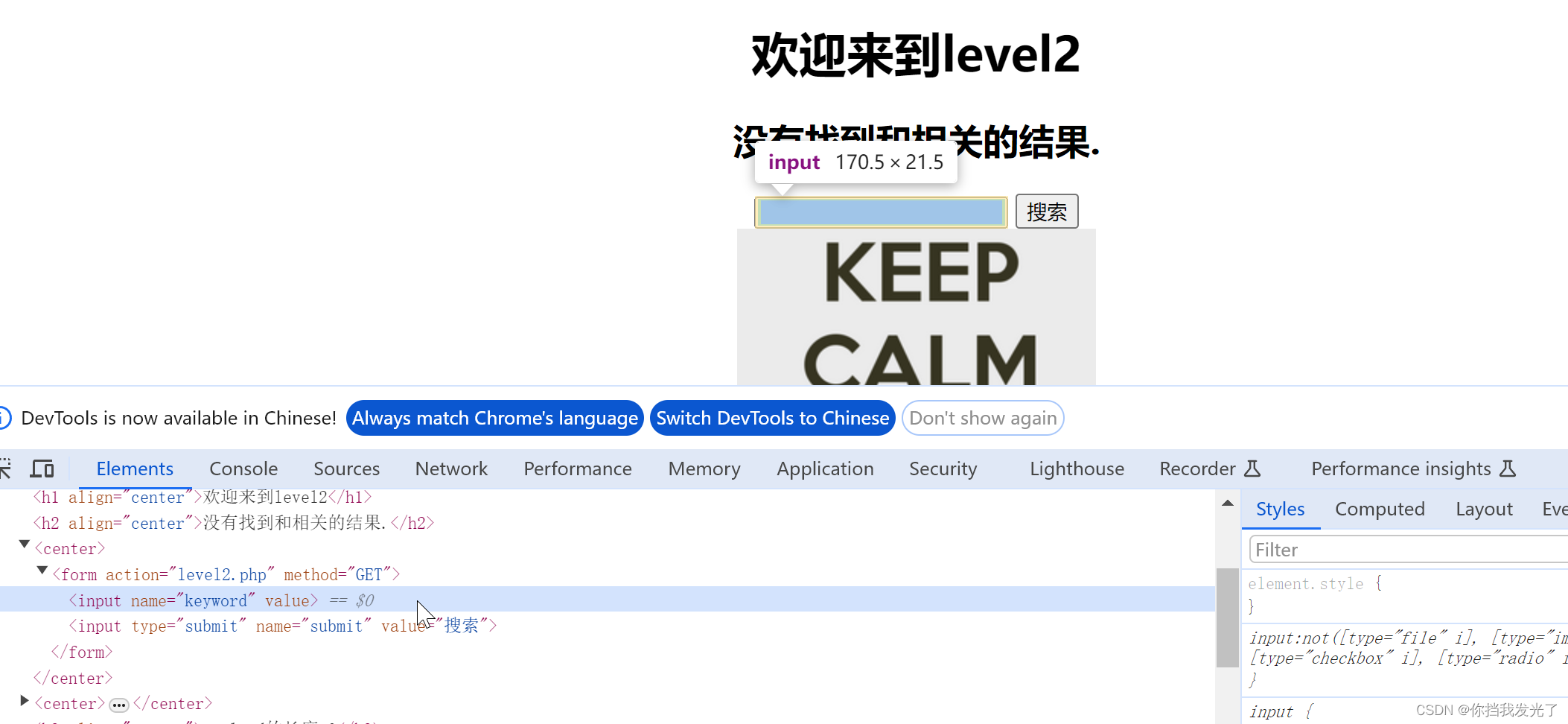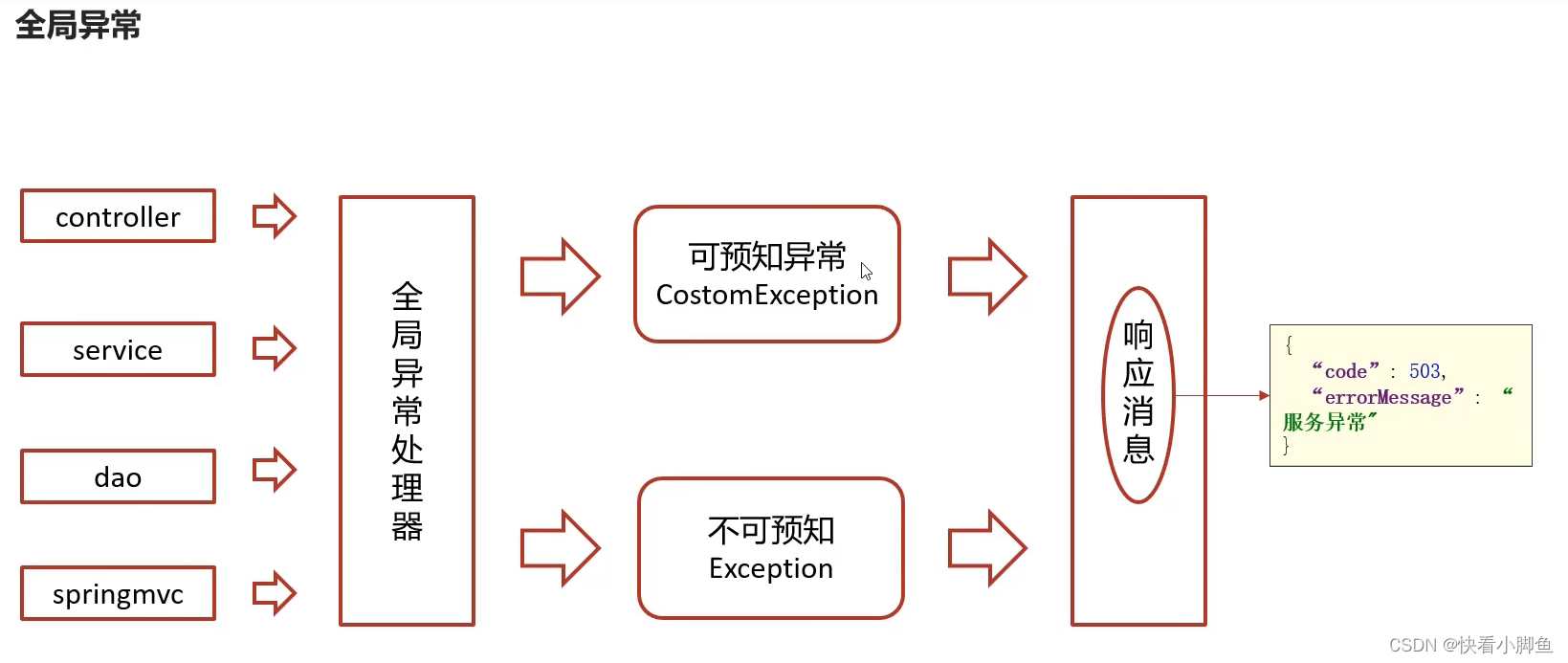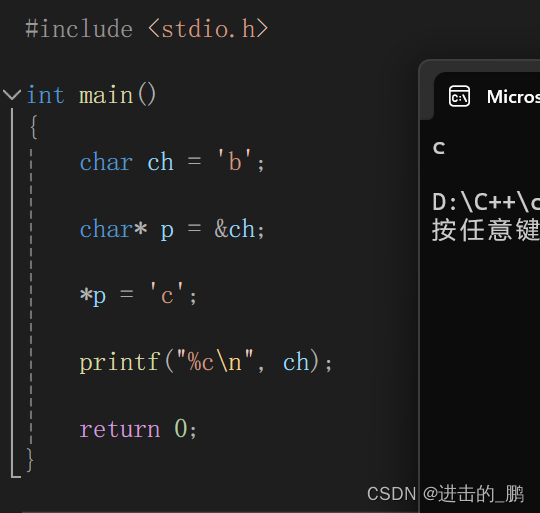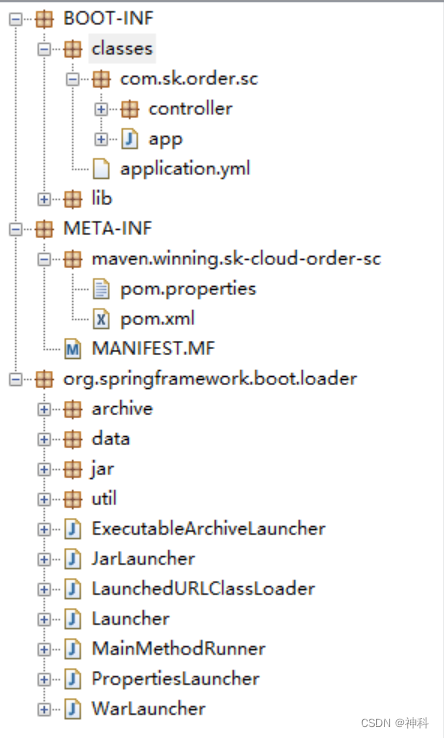1、volatile的特性
可见性:对一个volatile变量的读,总能够看到任意一个线程对这个volatile变量的写入。
原子性:对任意单个volatile变量的读/写具有原子性,但类似于volatile++这种复合操作不具有原子性。
接下来我们用程序验证。
public class OldVolatileFeaturesExample {
volatile long v1 = 0L; // 使用volatile 声明64位的long型变量
//long v1 = 0L;
public void set(long l){
v1 = l; //单个volatile 变量的写
}
public void getAndIncrement(){
v1++; // 多个volatile 变量的读/写
}
public long get(){
return v1; // 单个volatile 变量的读
}
public static void main(String[] args) {
final OldVolatileFeaturesExample volatileFeaturesExamlple = new OldVolatileFeaturesExample();
Thread thread0 = new Thread(new Runnable() {
public void run() {
volatileFeaturesExamlple.set(1L);
}
});
thread0.start();
Thread thread1 = new Thread(new Runnable() {
public void run() {
volatileFeaturesExamlple.getAndIncrement();
}
});
thread1.start();
Thread thread2 = new Thread(new Runnable() {
public void run() {
long l = volatileFeaturesExamlple.get();
System.out.println("创建的l值-------"+ l);
}
});
thread2.start();
/* for (int i = 0; i < 10; i++) {
Thread thread0 = new Thread(new Runnable() {
public void run() {
volatileFeaturesExamlple.set(1L);
}
});
thread0.start();
Thread thread1 = new Thread(new Runnable() {
public void run() {
volatileFeaturesExamlple.getAndIncrement();
}
});
thread1.start();
Thread thread2 = new Thread(new Runnable() {
public void run() {
long l = volatileFeaturesExamlple.get();
System.out.println("创建的l值-------"+ l);
}
});
thread2.start();
}*/
}
}
这里,线程thread0 设置使用volatile修饰的long类型变量 v1 ;线程thread1 进行v1++操作, thread2 获取变量v1的值,并打印结果。那么 v1的值是几呢?
上面这段程序运行结果是:
创建的l值-------2
那么就算不用volatile修饰的v1变量,也执行上述操作,结果会是什么样子呢?没错,还是2。
那么使用volatile修饰的v1变量 当使用for 循环呢?也就是多个volatile变量的读写操作的结果:
创建的l值-------2
创建的l值-------2
创建的l值-------1
创建的l值-------1
创建的l值-------1
创建的l值-------2
创建的l值-------3
创建的l值-------1
创建的l值-------2
创建的l值-------3
假设具有原子性,那么v1循环加10次 1,那么它的结果应该是 10,而不是上面的结果。上面的程序等价于:
public class NewVolatileFeaturesExample {
long v1 = 0L;
public synchronized void set(long l){ //对单个的普通变量的写用同一个锁同步
v1 = l;
}
public void getAndIncrement(){ //普通方法调用
long temp = get(); //调用已同步的读方法
temp += 1L; //普通写操作
set(temp); //调用已同步的写方法
}
public synchronized long get(){ // 对单个的普通变量的读用同一个锁同步
return v1;
}
public static void main(String[] args) {
final NewVolatileFeaturesExample newVolatileFeaturesExample = new NewVolatileFeaturesExample();
/* for (int i = 0; i < 10; i++) {
Thread thread0 = new Thread(new Runnable() {
public void run() {
newVolatileFeaturesExample.set(1L);
}
});
thread0.start();
Thread thread1 = new Thread(new Runnable() {
public void run() {
newVolatileFeaturesExample.getAndIncrement();
}
});
thread1.start();
Thread thread2 = new Thread(new Runnable() {
public void run() {
long l = newVolatileFeaturesExample.get();
System.out.println("创建的l值-------"+ l);
}
});
thread2.start();
}*/
Thread thread0 = new Thread(new Runnable() {
public void run() {
newVolatileFeaturesExample.set(1L);
}
});
thread0.start();
Thread thread1 = new Thread(new Runnable() {
public void run() {
newVolatileFeaturesExample.getAndIncrement();
}
});
thread1.start();
Thread thread2 = new Thread(new Runnable() {
public void run() {
long l = newVolatileFeaturesExample.get();
System.out.println("创建的l值-------"+ l);
}
});
thread2.start();
}
}
这个也就是相当于对v1变量的读和写进行了synchronized 同步锁操作。
而锁的语义决定了临界区代码的执行具有原子性。锁的happens-before 规则保证了释放锁和获取锁的两个线程之间的内存可见性。那么volatile 写和读建立的happens-before 关系是又是什么样子呢?欲知后事如何,请看下回分解。
更多创作在我的公众号里哦。












































